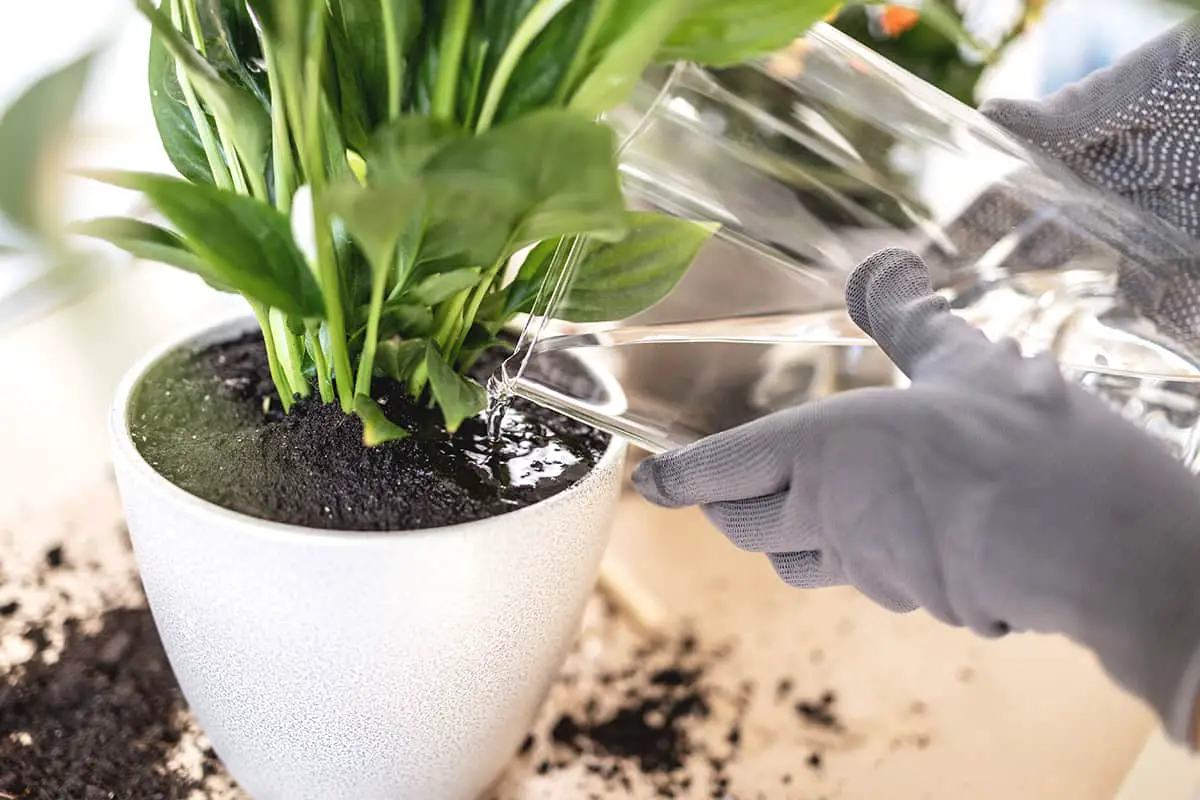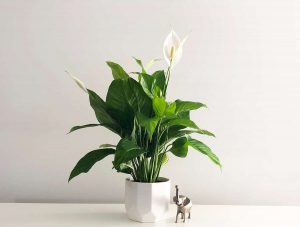Ever drowned a peace lily in kindness, only to watch it wilt? Been there. Finding the right balance with watering isn’t always easy. But fret not, mastering this art is within reach. Like many, I’ve learned through trial and error. From soggy soil to parched leaves, the signs are clear when we listen. Let’s uncover the secrets to watering the peace lily, ensuring its vibrant blooms and lush foliage thrive in our care.
Table of Contents
Peace Lily Water Requirements
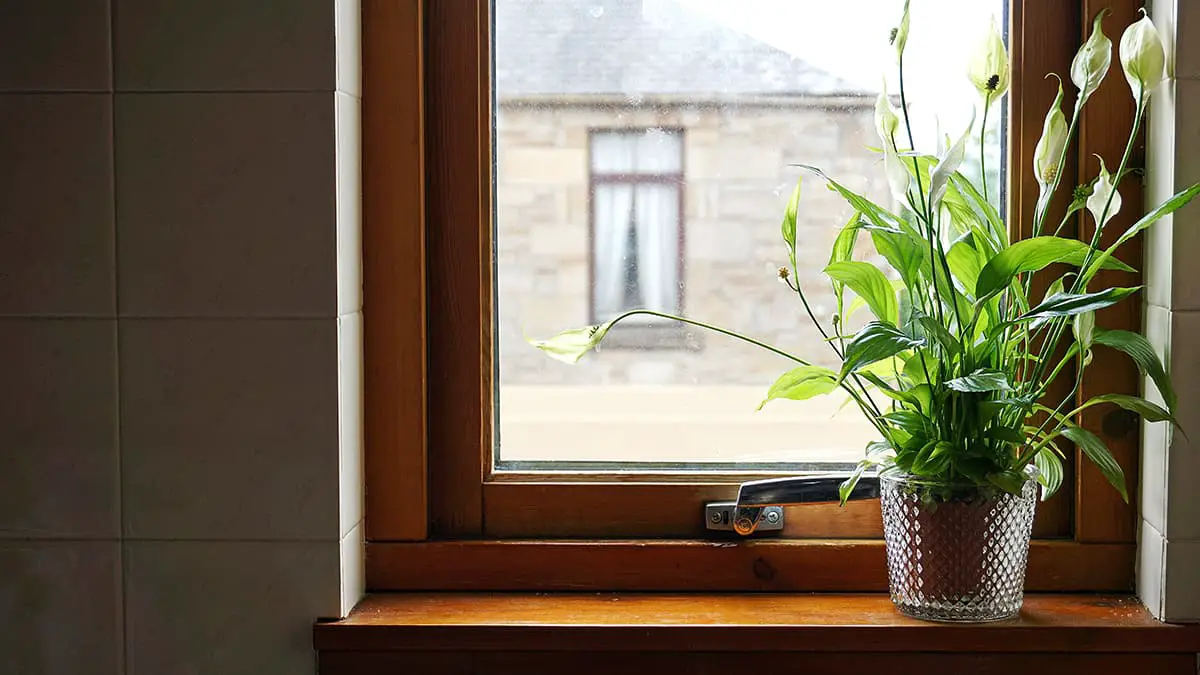
To keep your Peace Lily healthy, it’s essential to understand its water requirements. These plants prefer soil rich in organic matter and require consistent moisture, but good drainage is a must. Overwatering is harmful, while drought stress is less detrimental to their health.
The frequency of watering depends on factors like the size, the pot, and environmental conditions. When the top 1-2 inches of the soil feel dry, it’s time to water your Peace Lily.
Preparing to Water Peace Lilies
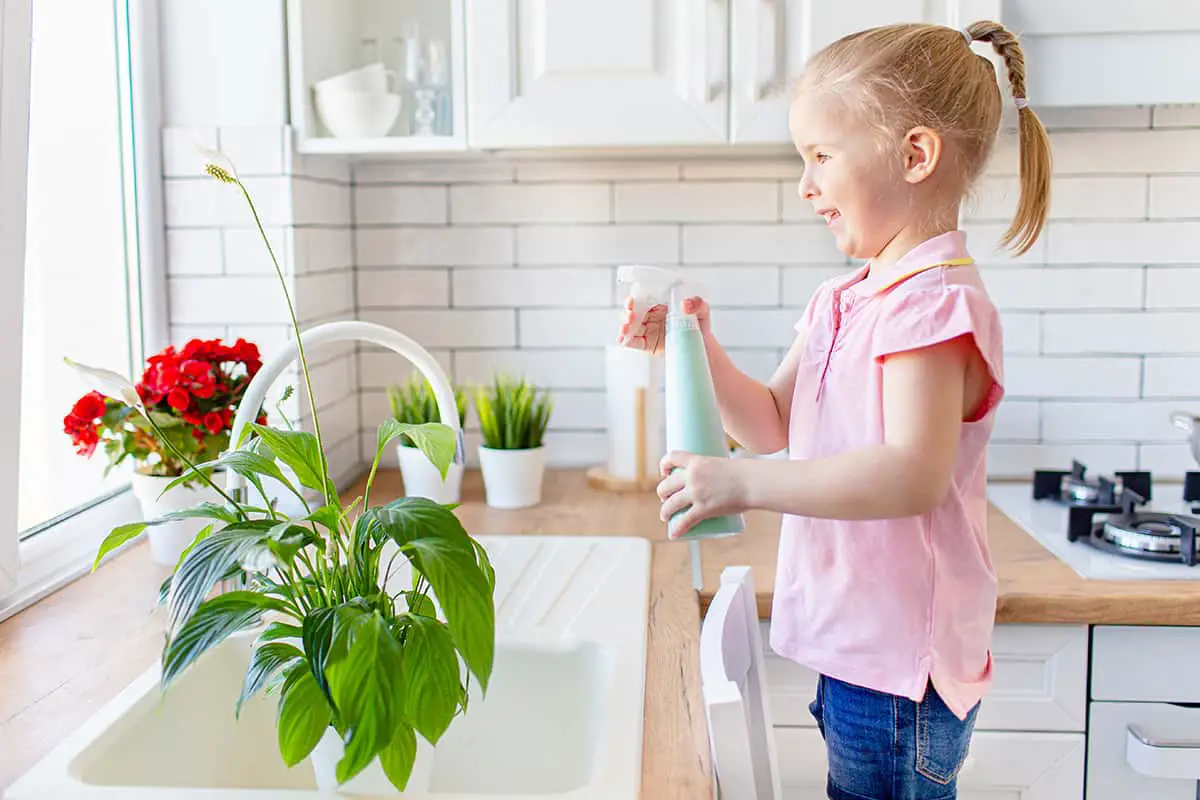
Choosing the Right Water
Peace Lilies prefer water with low chlorine content. Excess chlorine may cause leaf tip burn, so it’s important to choose the right type of water for your plant. Tap water should be allowed to sit for 24 hours allowing chlorine to evaporate. You may also use filtered or distilled water, which typically has lower chlorine content.
Water Temperature
The temperature of the water you use makes a difference. Always use water at room temperature for your Peace Lily. Cold water may shock the plant, leading to drooping leaves or other issues. According to a North Carolina State University guide, it’s important to let the water sit to reach the appropriate temperature and to allow any chlorine to evaporate.
Watering Techniques
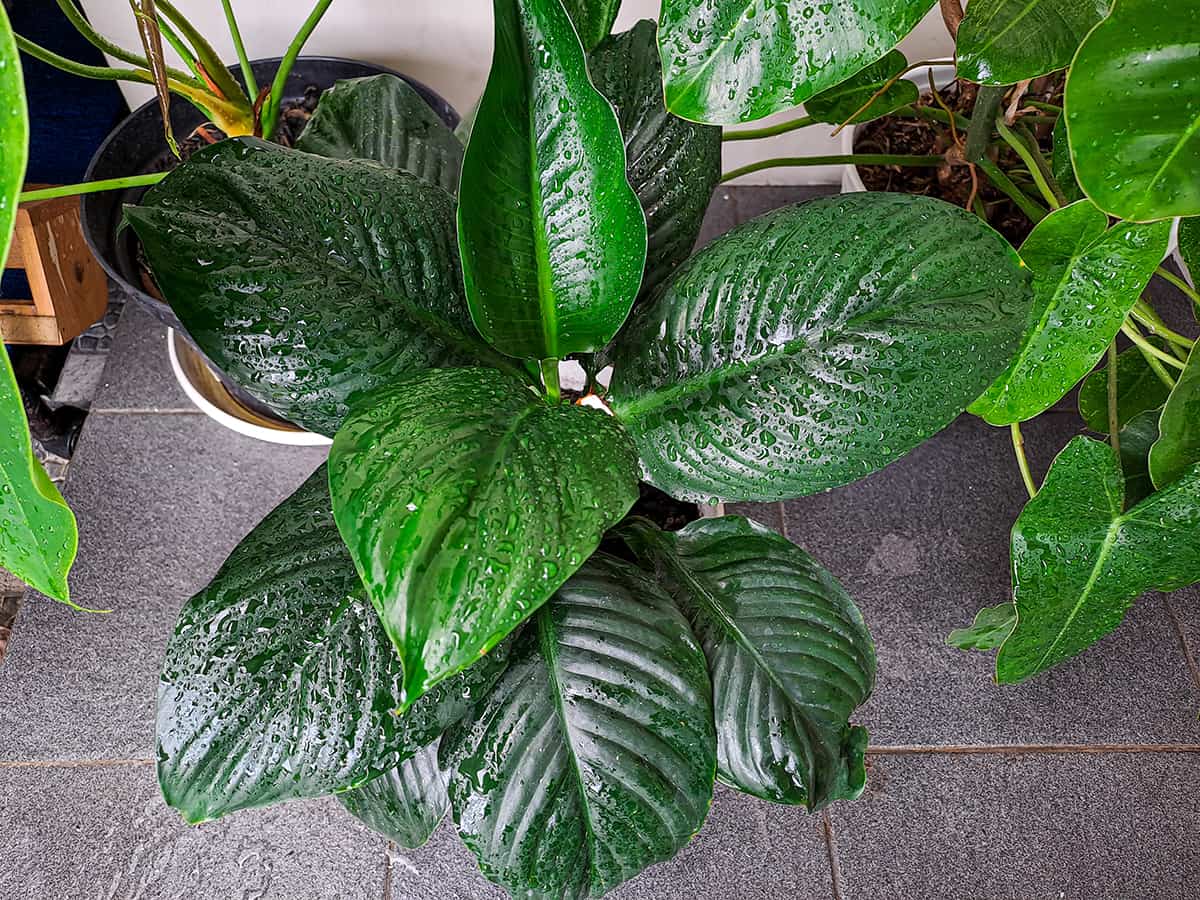
Soil Moisture Check
Before watering your peace lily, it’s essential to know its water requirements. You can achieve this by checking the soil moisture in the pot. Gently touch the top few inches of the soil. If it feels dry, the peace lily needs watering. If it’s still moist, wait for a couple of days.
Soaking
The soaking method ensures your peace lily gets the right amount of moisture. Place your plant in a container with room-temperature water covering the soil surface. Allow it to soak for 15-20 minutes. Then, lift the plant, drain the excess water, and return it to its original pot. This method helps avoid root rot issues.
Top Watering
Top watering is a straightforward technique for maintaining the health of your peace lily. Simply pour room-temperature water on the soil until it starts draining out. Avoid waterlogging by draining any excess sitting in the saucer. Make sure you use water that is clear of minerals and chlorine. Leaving water out for a day will help in evaporating the impurities.
Bottom Watering
Another approach is bottom watering. Place your peace lily pot in a saucer or container with water, making sure it is about one to two inches deep. The plant absorbs the water through the drainage holes. Once the soil feels moist, remove the pot from the container and let the excess water drain away. Bottom watering reduces the risk of overwatering and root rot.
Maintaining a Watering Schedule

Recognizing Signs of Underwatering
When caring for Peace Lilies, it is crucial to know when they need water. One sign of underwatering is if the leaves become droopy and curl at the edges. Additionally, you may notice a slower growth rate and the appearance of brown, dry edges on the leaves. Be aware of these signs and ensure that you provide your Peace Lily with adequate water to keep it healthy. For the best results, use room temperature water and make sure that your plant’s soil is consistently moist but not soggy.
Recognizing Signs of Overwatering
On the other hand, overwatering your Peace Lily can also be detrimental. Overwatered plants often display yellowing leaves and may develop root rot if left unchecked. Make sure you allow the soil to dry out slightly between waterings. When you do water your plant, make sure excess water gets drained from the pot, as letting the plant sit in a saucer of water can lead to root rot.
Troubleshooting Common Issues
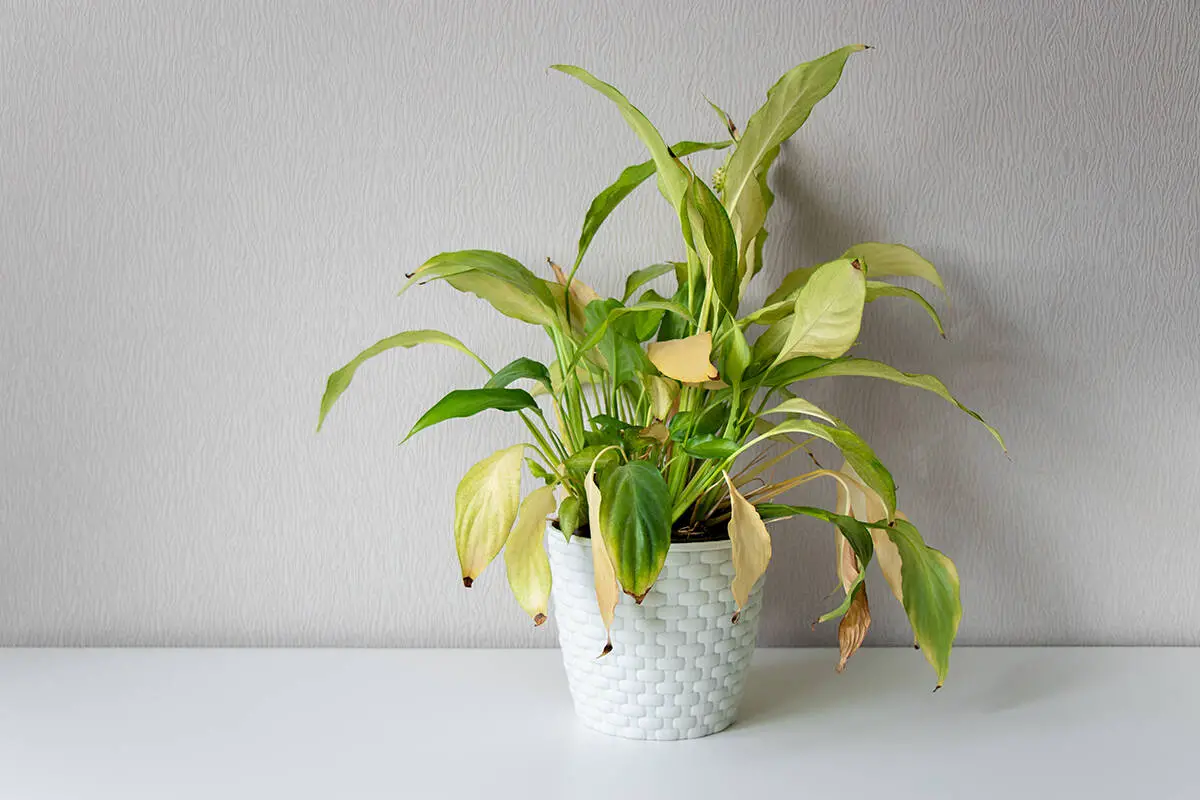
Yellow Leaves
If you notice your peace lily’s leaves turning yellow, it may be due to overwatering or underwatering. To achieve the right balance, let the soil dry slightly between waterings. If the problem persists, it could be due to low light levels. Make sure your plant is in a well-lit area, but not in direct sunlight.
Brown Tips
Brown tips on the leaves usually indicate a lack of humidity. Peace lilies prefer damp soil and moderate humidity. To increase humidity, you can place your peace lily near a humidifier or on a tray filled with water and pebbles. Be sure there’s no standing water on the tray, as this can cause root rot.
Drooping
Drooping leaves are often a sign of underwatering. To prevent this issue, make sure to allow the soil to dry between waterings, but don’t let it wilt. Room-temperature water that has been allowed to sit for some time will be ideal for peace lilies. If your plant continues to droop, you might need to repot it in a larger container with fresh soil, as it could be root-bound.
